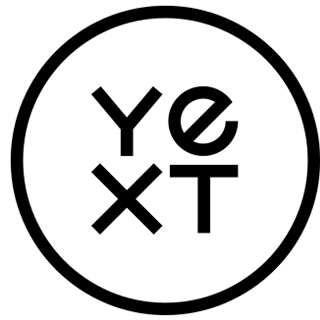Automatiser les workflows : la deuxième étape de l’automatisation des services client
Le mois d'août a marqué le début de notre série en trois volets sur l'automatisation des services client avec la première étape : l'automatisation des

Yext
sept. 14, 2021

In August, we kicked off our series on the three waves of customer support with the first wave: task automation. We explored the various menial tasks that bots and other automatic triggers covered, instead of a human. That wave was mostly successful at saving time for both businesses and customers — but it wasn't a panacea for all of the challenges that modern teams face. Facing more complex and dynamic issues capped the efficacy of an automated task.
That brings us to our second wave of automation, focusing on comprehensive workflows. The word "workflow" feels like a more modern term and even a buzzword particularly in the SaaS industry — this article from IBM certainly establishes it as grounded in software. But the definition of workflow is simply "the sequence of industrial, administrative, or other processes through which a piece of work passes from initiation to completion."
In other words, it long predates even the notion of software — it harkens back to the assembly line, or car manufacturers like Ford looking to break down complex processes into smaller chunks that relate to one another. Ultimately, Ford reduced the average time to build a car from 12 hours to an hour and a half.
Fast forward to today, and instead of ensuring a wheel and engine are connected, customer service teams have to ensure that various components of a customer's journey and records are stitched together.
Piecing together the customer puzzle
This wave of automation is tackling processes with great complexity, including accessing and updating systems of record across different departments with new information. Robotic Process Automation (RPA) is gaining traction with business leaders as a way to execute high volume, multi-step functions across different systems more quickly than any one person can manage. Unlike pure task automation, some RPA systems have a semblance of intuition: following up with an order confirmation, proactively notifying a customer about a shipment, or even relaying unforeseen delays or issues with an order.
At any stage of the customer journey, chatbots are now pervasive as an option to learn more about products, receive support, or just ask a question. Research from Drift shows that usage of chatbots rose by a staggering 92% in 2020. Advanced phone and chatbots have access to all parts of a workflow, encouraging customers to engage in dynamic ways. These decision trees are no longer binary, either — bots can handle more than simple a 'yes' or 'no' and offer a series of potential solutions. According to Comm100, chatbots handle 69% of chats from start to finish. Surely, some of these are simple tasks. But many of these conversations are tackling multiple parts of a workflow intended to serve the customer.
At times, it can feel as though there's a sentient mind on the other side, representing a brand, even if it's all programmed as an automated workflow. And particularly in the customer support arena, as opposed to, say, high-touch pre-sales engagement, companies have benefited from this scaled approach of servicing customers.
But for how long?
Putting workflows to the task
The challenge for businesses is that consumers have caught up. It's no longer impressive for an entire customer journey to be automated from initial research, to purchase, to receipt of a product, to post-purchase support.
It needs to work.
Yext research shows that up to 50% of consumers still call live customer support teams as their first action when seeking support, well over using a chatbot, navigating a company's site, or using search in any form. And yet, this is at odds with the fact that 85% of consumers say that it's important to them to be able to resolve issues without contacting the company. These automated workflows and tasks — while serving as critical steps in the evolution of customer support — still have a gap to close with respect to customer behavior and expectation. There are still nuances that automated workflows aren't fully understanding.
In our next post, we'll cover the third and final wave in our series, focusing on language automation and the promise of AI-powered search. Chat soon.